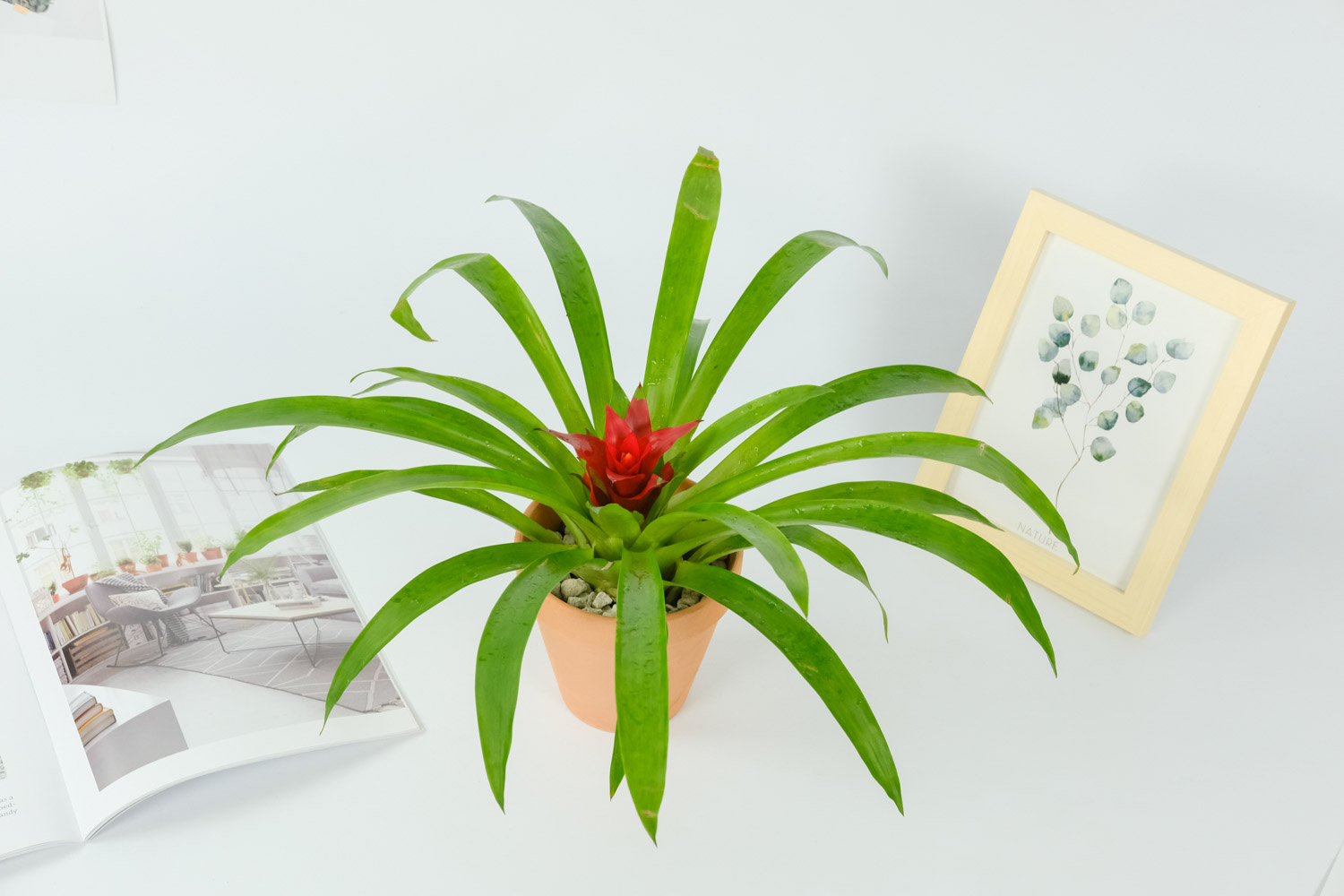1、 Preparatory work
1. Soil:
1 part of ceramsite, 2 parts of perlite, 2 parts of peat, or 1 part of medium coarse river sand, 2 parts of vermiculite and 2 parts of sawdust
2. Flowerpot:
The size of the flowerpot depends on the size of the plant you want to transplant, and its root needs to be about 3cm away from the edge of the pot

3. Migration method:
Dig out the whole plant without damaging the roots. If the plant is infected by bacteria, remove all the original soil carried by the plant. If it is just a normal soil replacement and transplantation, it is best to bring some original soil together and put it into the new basin soil
When transplanting, first put some small crushed stones at the bottom of the pot, which can increase the drainage of the soil, and then put 2 cm to 3 cm thick soil. At this time, put the plants into the pot, and then fill in the remaining soil, and then gently lift the plants up by hand, about 1 cm, so that the roots of the plants can stretch naturally. Press the soil gently by hand, then dip the pot immediately, and finally put it in a shady place

2、 What needs to be transplanted
1. In case of serious diseases and insect pests, it is necessary to replace the pots and soil for planting
2. Too much watering leads to poor soil drainage, resulting in long-term growth of plants in too humid soil, which needs to be transplanted at this time
3. When it needs to be propagated, it needs to be transplanted. This can be carried out with reference to the propagation methods in flower encyclopedia
4. In spring, when plants change pots and soil normally


 how many times do yo...
how many times do yo... how many planted tre...
how many planted tre... how many pine trees ...
how many pine trees ... how many pecan trees...
how many pecan trees... how many plants comp...
how many plants comp... how many plants can ...
how many plants can ... how many plants and ...
how many plants and ... how many pepper plan...
how many pepper plan...





























